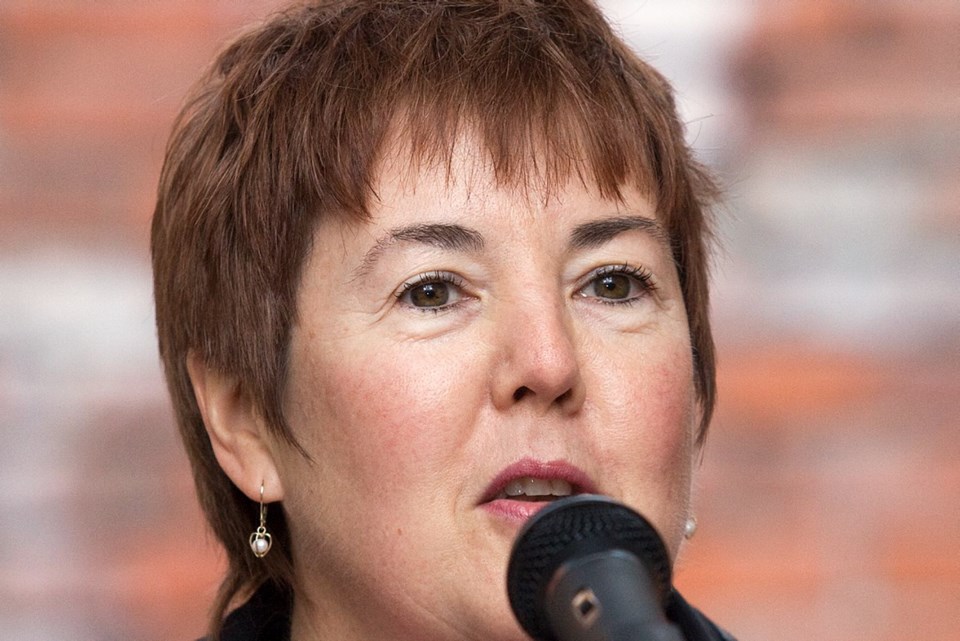The Victoria Cool Aid Society plans to begin a $4-million fundraising campaign this year to more than double its supported housing units from the existing 351.
In its annual report released Tuesday, the society unveiled plans to build a further 360 apartment units by 2018. Therefore, it needs to raise the money over the next five years.
Kathy Stinson, executive director of Victoria Cool Aid, said the goal reflects the agency’s commitment to ending homelessness in Victoria by providing permanent homes for people who would otherwise sleep in shelters or on the streets.
“Homelessness really is a problem that can be solved in Victoria,” Stinson said Tuesday. “It’s doable.”
It’s an enormous leap in ambition for a small organization that started out as a youth hostel in 1968. Last year, it managed a budget of nearly $37 million.
Victoria Cool Aid now operates 124 shelter beds at Rock Bay Landing, its main shelter, Sandy Merriman House for women, and Next Steps Transitional Shelter. In winter, 40 seasonal mats in St. John the Divine Church are opened. Last year, nearly 1,600 people were helped with a place to stay.
The Cool Aid Community Health Centre, at 713 Johnson St., also serves more than 4,000 patients. Most of them come from the downtown core and deal with complex health issues, including mental illness and addiction. A team of people — including nurse practitioners, doctors, dentists and nutritionists — provide care.
Victoria Cool Aid also operates the REES (Resources, Education, Employment and Support) program to help people who live with mental illness, addictions or other issues.
Stinson said Cool Aid is successful because it operates a wrap-around level of support. For example, the apartments provide people with private places to live, but they are in supervised buildings where clients are expected to be good neighbours.
“It really is about teaching people to be good tenants,” Stinson said.
Clients are also helped with referrals to the health centre, for diagnosis, consultation, or even dental work.
Programs like REES can help a person move to market housing by making a transition to greater stability, but Stinson said the principal focus is homelessness. A permanent place to live is seen as key to bringing stability to anyone’s life.
She said homelessness started to become a problem in Victoria in the late 1970s and early ’80s when mental-health patients were moved out of institutions before community support was established.
Then, beginning in the 1990s, federal government support for affordable housing started to decline. This has made it difficult, and expensive, for even the working poor to find stable homes, Stinson said.
“So housing is going to be our focus for a long time.”



